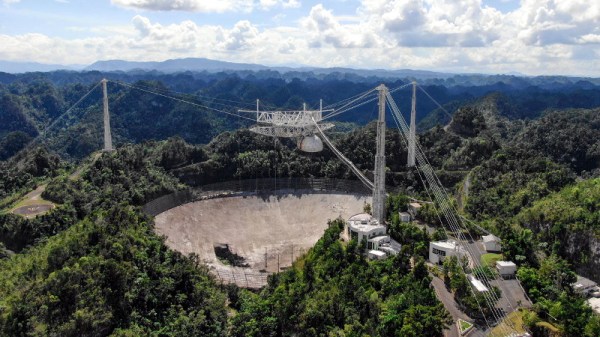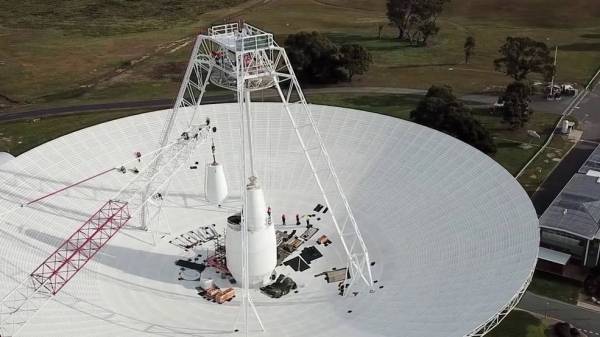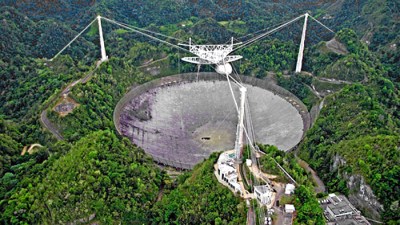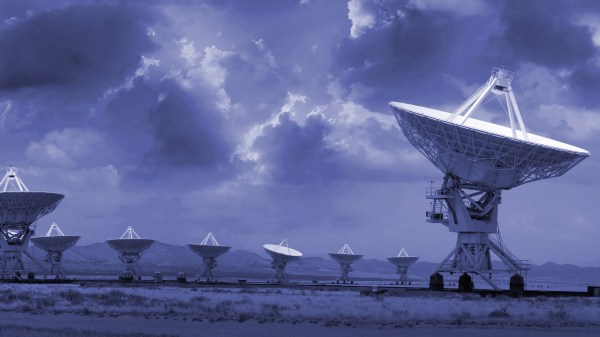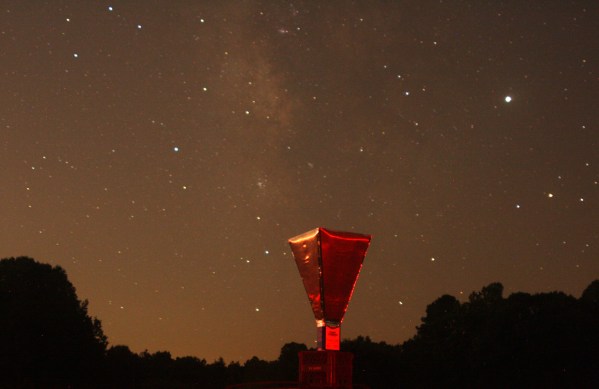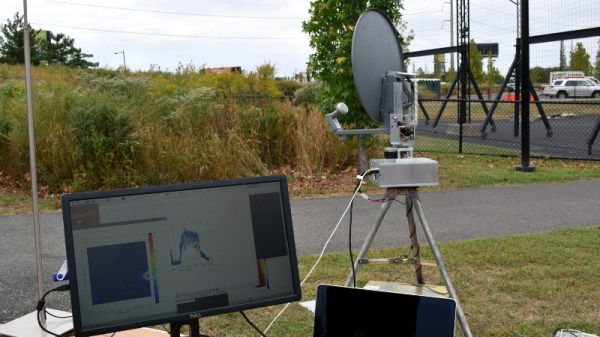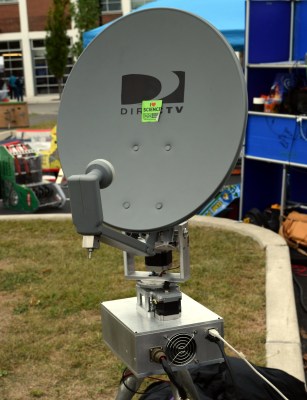It is with a heavy heart that we must report the National Science Foundation (NSF) has decided to dismantle the Arecibo Observatory. Following the failure of two support cables, engineers have determined the structure is on the verge of collapse and that the necessary repairs would be too expensive and dangerous to conduct. At the same time, allowing the structure to collapse on its own would endanger nearby facilities and surely destroy the valuable research equipment suspended high above the 300 meter dish. Through controlled demolition, the NSF hopes to preserve as much of the facility and its hardware as possible.

When the first support cable broke free back in August, we worried about what it meant for the future of this unique astronomical observatory. Brought online in 1963 as part of a Cold War project to study how ICBMs behaved in Earth’s upper atmosphere, the massive radio telescope is unique in that it has the ability to transmit as well as receive. This capability has been used to produce radar maps of distant celestial objects and detect potentially hazardous near-Earth asteroids.
In 1974, it was even used to broadcast the goodwill of humankind to any intelligent lifeforms that might be listening. Known as the “Arecibo Message”, the transmission can be decoded to reveal an assortment of pictograms that convey everything from the atomic numbers of common elements to the shape of the human body. The final icon in the series was a simple diagram of Arecibo itself, so that anyone who intercepted the message would have an idea of how such a relatively primitive species had managed to reach out and touch the stars.
There is no replacement for the Arecibo Observatory, nor is there likely to be one in the near future. The Five hundred meter Aperture Spherical Telescope (FAST) in China is larger than Arecibo, but doesn’t have the crucial transmission capability. The Goldstone Deep Space Communications Complex in California can transmit, but as it’s primarily concerned with communicating with distant spacecraft, there’s little free time to engage in scientific observations. Even when it’s available for research, the largest dish in the Goldstone array is only 1/4 the diameter of the reflector at Arecibo.
Just last week we wondered aloud whether a nearly 60 year old radio telescope was still worth saving given the incredible advancements in technology that have been made in the intervening years. Now, unfortunately, we have our answer.

